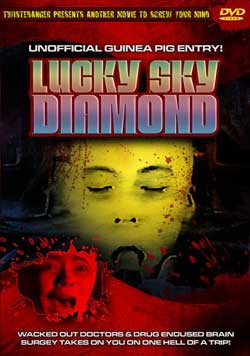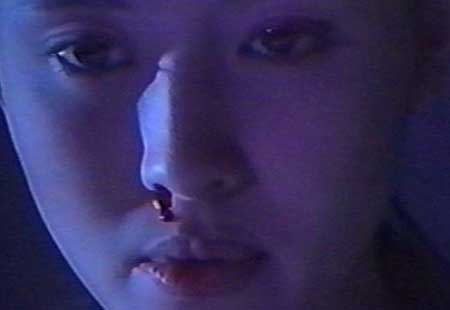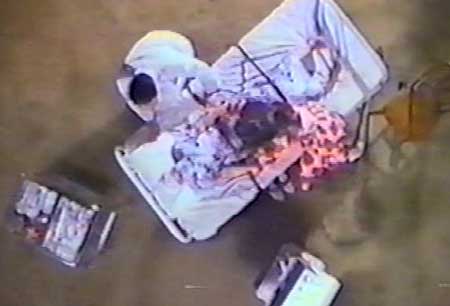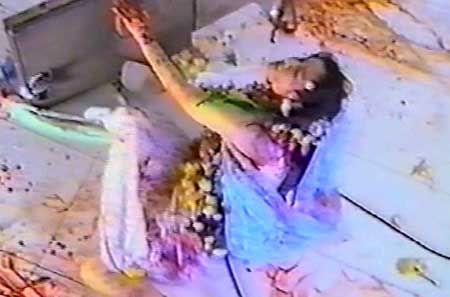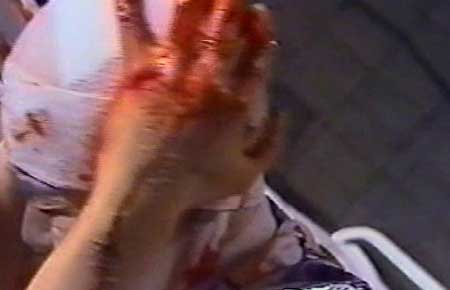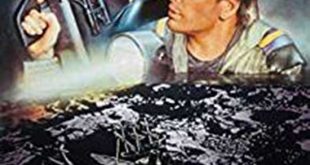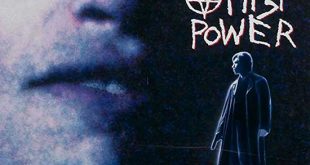SYNOPSIS:
A woman wakes up on a hospital bed, choking and writhing in agony. She quickly realizes that wherever she is, it sure as hell isn’t her local clinic. The place is dark, filthy and full of video cameras – all pointed at her. She seems to be hallucinating, and soon attracts the attention of a doctor and nurse. They try to subdue and comfort her, before preparing to conduct experiments on her open brain. After surviving these experiments and further torture, she manages to turn on her captors in an attempt to escape.
REVIEW:
If this synopsis brings to mind certain episodes of the Japanese Guinea Pig series, it should come as no surprise that Lucky Sky Diamond (aka Bloody Fragments on White Walls) is often mistaken as the final episode in that series. Aside from familiar thematic elements (the claustrophobic setting, the systematic torture and degradation of a young woman), the production values, bizarre humor and length of the film (clocking in at just under an hour) also bear a resemblance to the Guinea Pig films. This is reinforced by the fact that one of the producers of Lucky Sky Diamond oversaw the entire Guinea Pig series – so it might be appropriate to think of the film as more of a cousin than a sibling.
The film was directed by Izo Hashimoto, who went on to direct Evil Dead Trap 2, and whose credits as a writer include the seminal anime Akira (only in Japan could a filmmaker list an animated blockbuster next to sadistic torture P*rn on their CV).
As in the first two episodes of Guinea Pig, the film opens with a female captive awakening to the beginning of her end. Testing the limits of a person’s ability to withstand pain is a common theme in extreme Japanese horror – but here, rather than the young thugs of Devil’s Experiment (GP1) or the psychotic samurai of Flower of Flesh and Blood (GP2), the experimenters are wearing medical uniforms and wield surgical instruments. They know the victim’s name and reassure her that they are trying to cure her. Perhaps this is supposed to offer some relief to the viewer too.
Think again. A short while later poor Yoko is stretched out on an operating table with her skull cracked open. After testing her cranial nerves and observing her body’s physical reactions, the nurse proves her dedication to her superior by giving the doctor a blow job as he fingers Yoko’s exposed brain. Just in case we have not yet understood that our paraphilic doctor really is a bit of a pervert, he simultaneously munches on a live c**kroach to help him savor the moment.
It is moments like these that steer Lucky Sky Diamond away from the relentlessly brutal tone of the earlier Guinea Pig instalments toward the later, comedic concoctions such as Devil Woman Doctor. The dips into absurd, farcical humor are utterly perplexing. As the doctor drills into Yoko’s head the nurse lightens up proceedings with a heartfelt rendition of what sounds like it could be a Rodgers and Hammerstein tune. When the doctor switches to a flexible wire saw (used to great effect in Takashi Miike’s Audition), the nurse puts on some upbeat Caribbean jazz to take the edge off – before engaging the doctor in a brief dance mid-surgery.
While there is plenty of splatter in the film, the gore is not particularly realistic, which again puts it at odds with the gruelling Flower of Flesh and Blood. Rather than the visceral impact of graphic bodily mutilation that most viewers would expect of a film of this pedigree, the power of Lucky Sky Diamond lies in how forcefully it conveys the victim’s harrowing experience of all the horror.
Whereas the woman in Flower was doped to the gills during her ordeal, and the reactions of the actress in Devil’s Experiment were quite restrained (at times you would think her experience of the endless torture amounted to little more than a passing inconvenience), Yoko’s anguish is maintained at such a relentless fever pitch that the film almost achieves a similar kind of agonizing intensity as Martyrs or The Bunny Game.
Even after being stabbed repeatedly and with her guts starting to fall out, she is equally terrified of the acts of violence she commits as the ones she is forced to endure.
Of course, a film like Martyrs doesn’t offer levity in the form of musical interludes that sound like they belong in an instructional video about the joys of marital intimacy. Between the blend of wildly different tones, the surreal images and haunting soundscapes, and the lack of subtitles (unlike the Guinea Pig series this is likely to remain tantalizingly obscure), this is the kind of movie that you’re better off not trying to pick apart; as the ridiculous title implies, you’re probably just going to look back on it like a bad trip.
 Horror News | HNN Official Site | Horror Movies,Trailers, Reviews
Horror News | HNN Official Site | Horror Movies,Trailers, Reviews
